Creating picture frames
Creating picture frames is one of those things that's seemingly easy to do, but with experience you realize there are a few things to take into consideration for the frames to work well.
A picture frame has the possibility to enhance a picture or painting. A well working frame work together with the picture to form a unity.
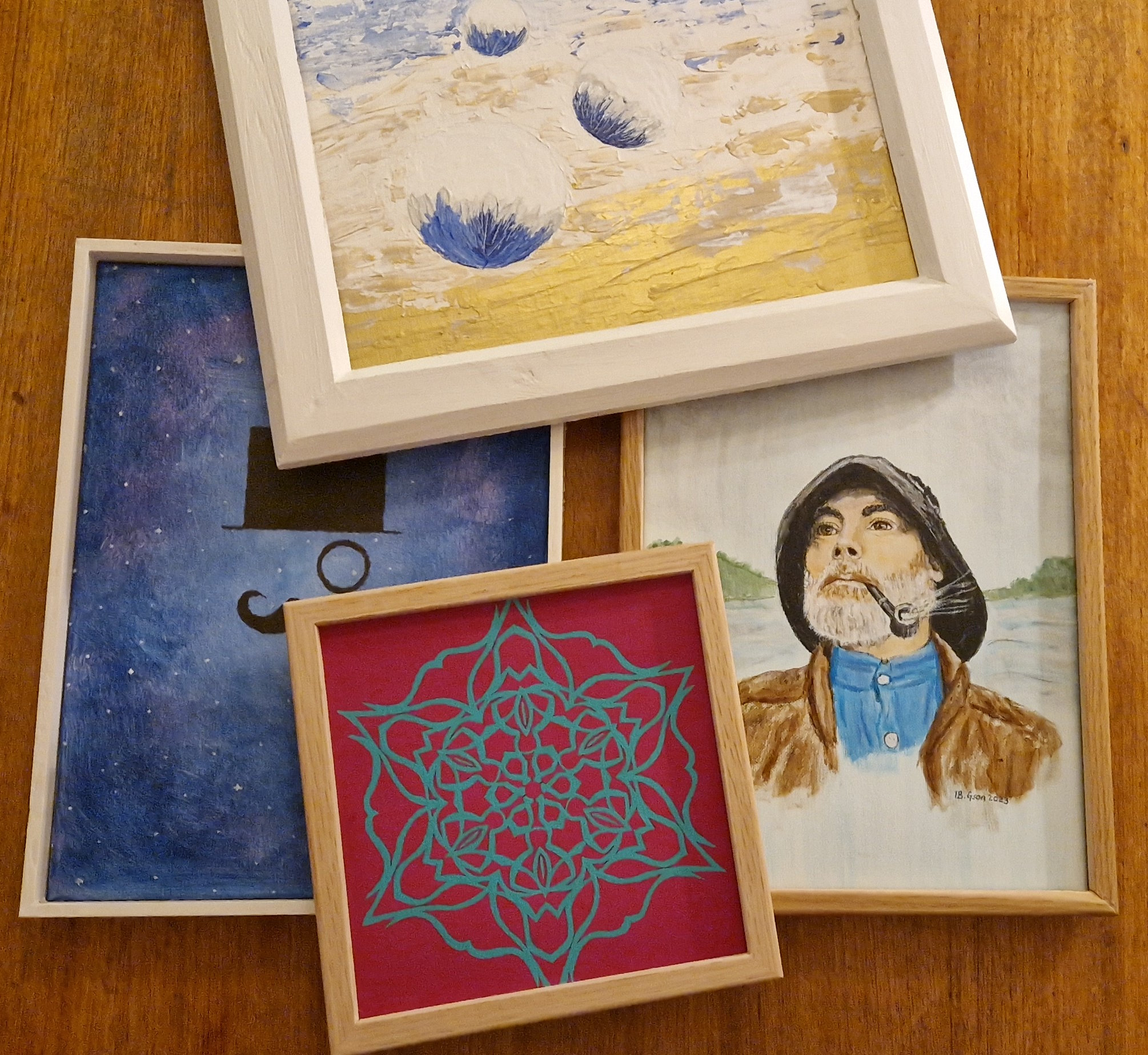
Frame width
What frame width suite a picture depend on the size of the canvas, the motif, and personal preference.
For example the picture below needed a thin frame around it to give it a sense of depth but if the frame would have been heavier/thicker it would dominate the picture and steal focus from the actual painting.
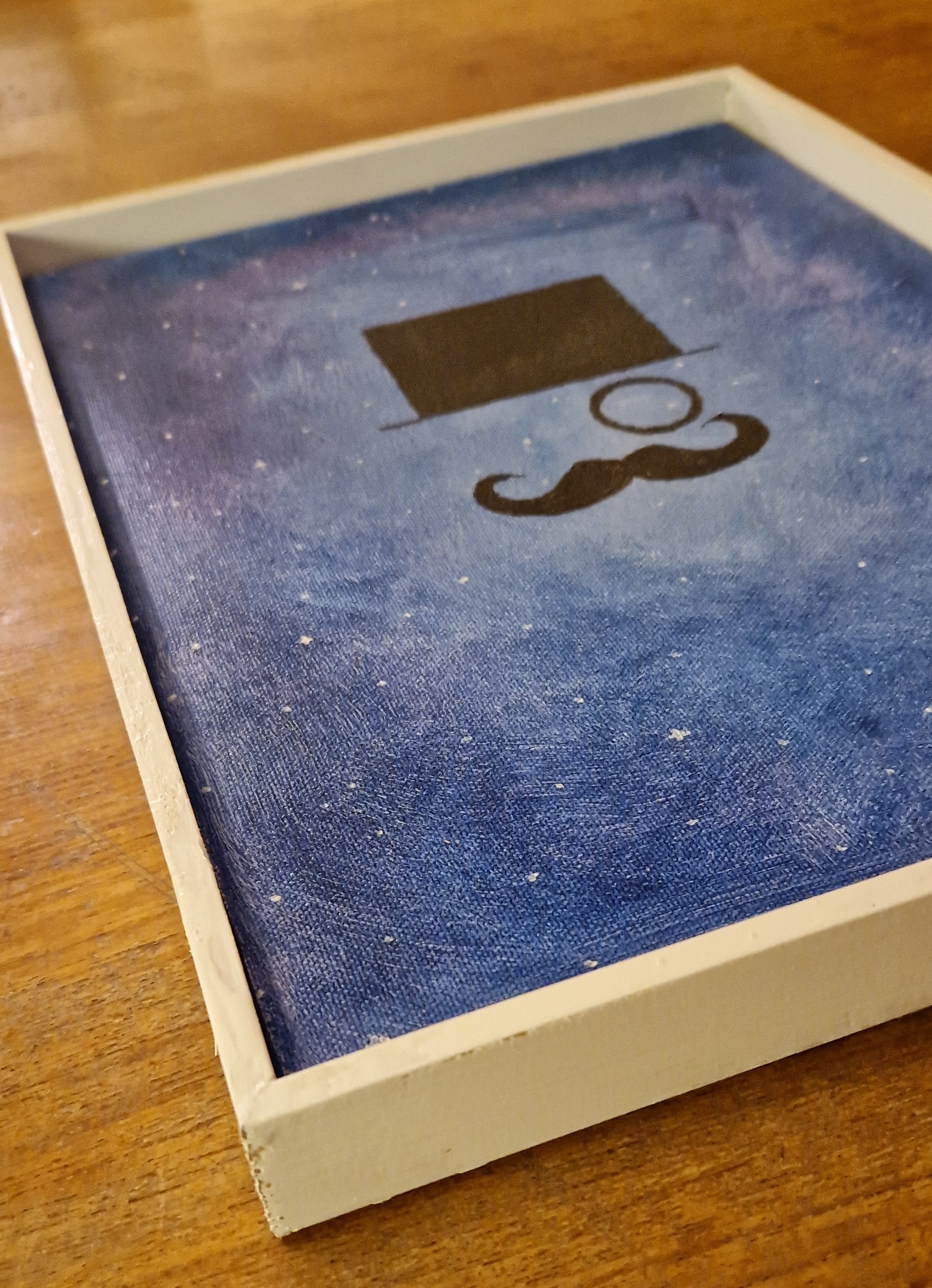
For some pictures some depth give shadows around the picture and guide the eye to it - giving the whole picture some highlighted importance.
Frame profile
For the most part a square profile will do. Sometimes however it get boring, or you use scrap wood with imperfections to work around - and then you might end up with a profiled frame.
Profiles are generally carved or formed with a router. Sometimes the corners need extra care with profiled frames. A scewed corner profile will be very visible in low level lighting.
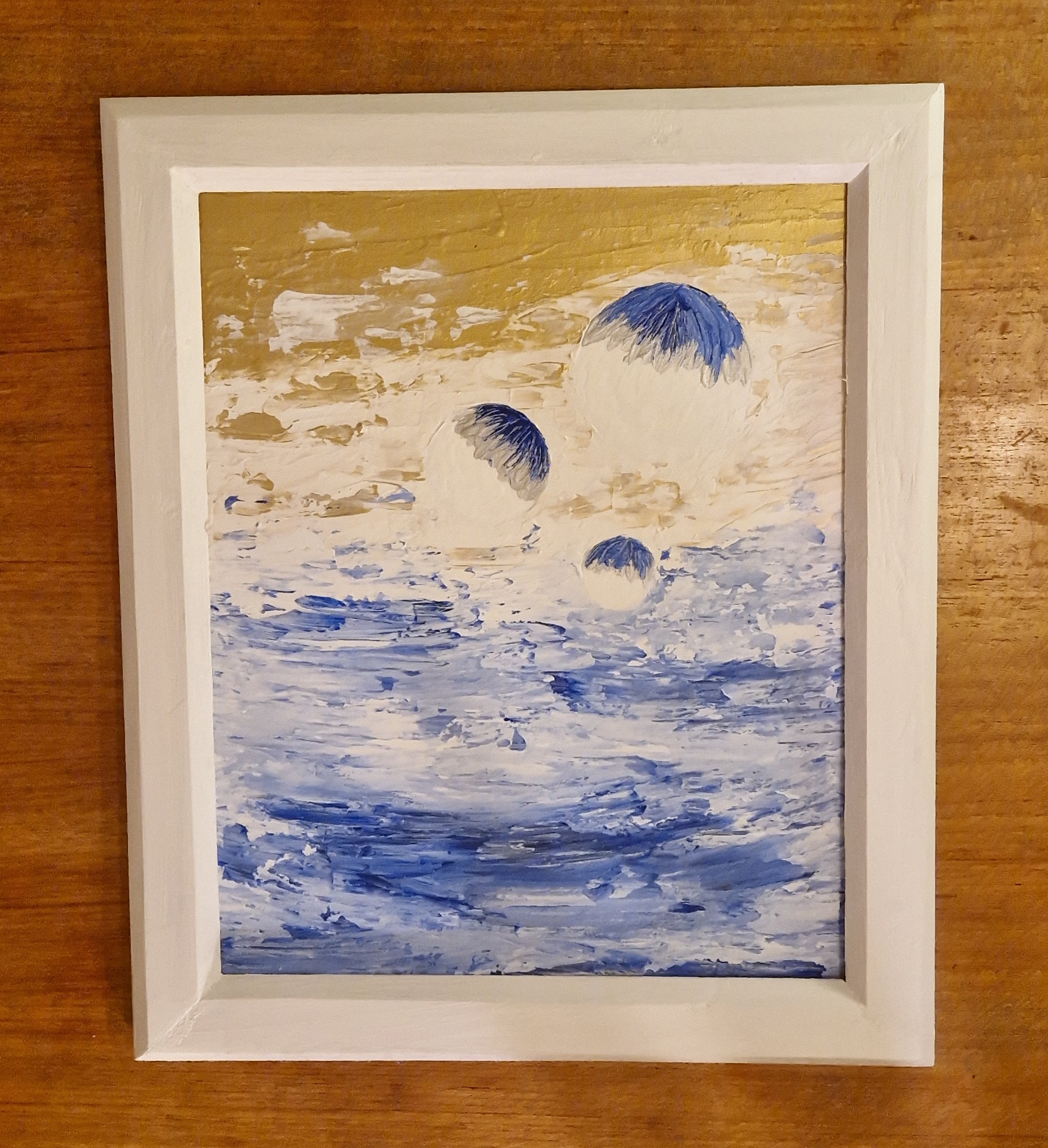
Corned accuracy
For your own peace of mind it's important to be accurate when sawing and glueing the corners.
Most corners are 45° angle. There are fixtures to saw these accurately. It's harder to glue them tight. This take patience.
If you lack patience you could use thicker wood and be prepared to spend time shaving or filing it down instead.
Bear in mind that the accuracy applies to the back and inside too.
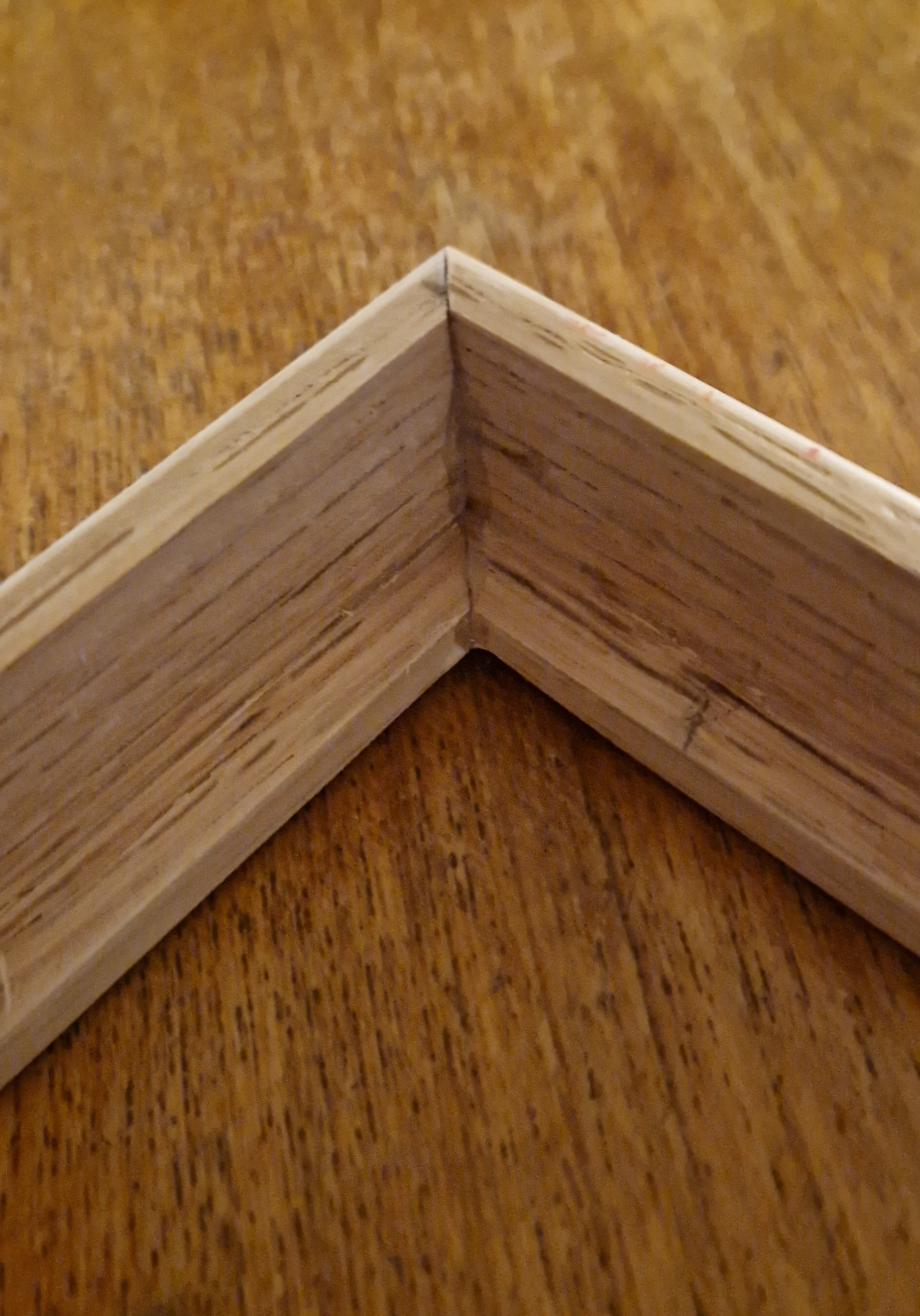
Frame depth
I sometimes has made the frame to thin depth-wise. This make an awkward impression since the frame wount reach the wall. Unless that's an intended effect you will probably make sure to have enough depth to cover for the picture depth and some additional depth to catch the eye and enables shadows and other lighting impressions.
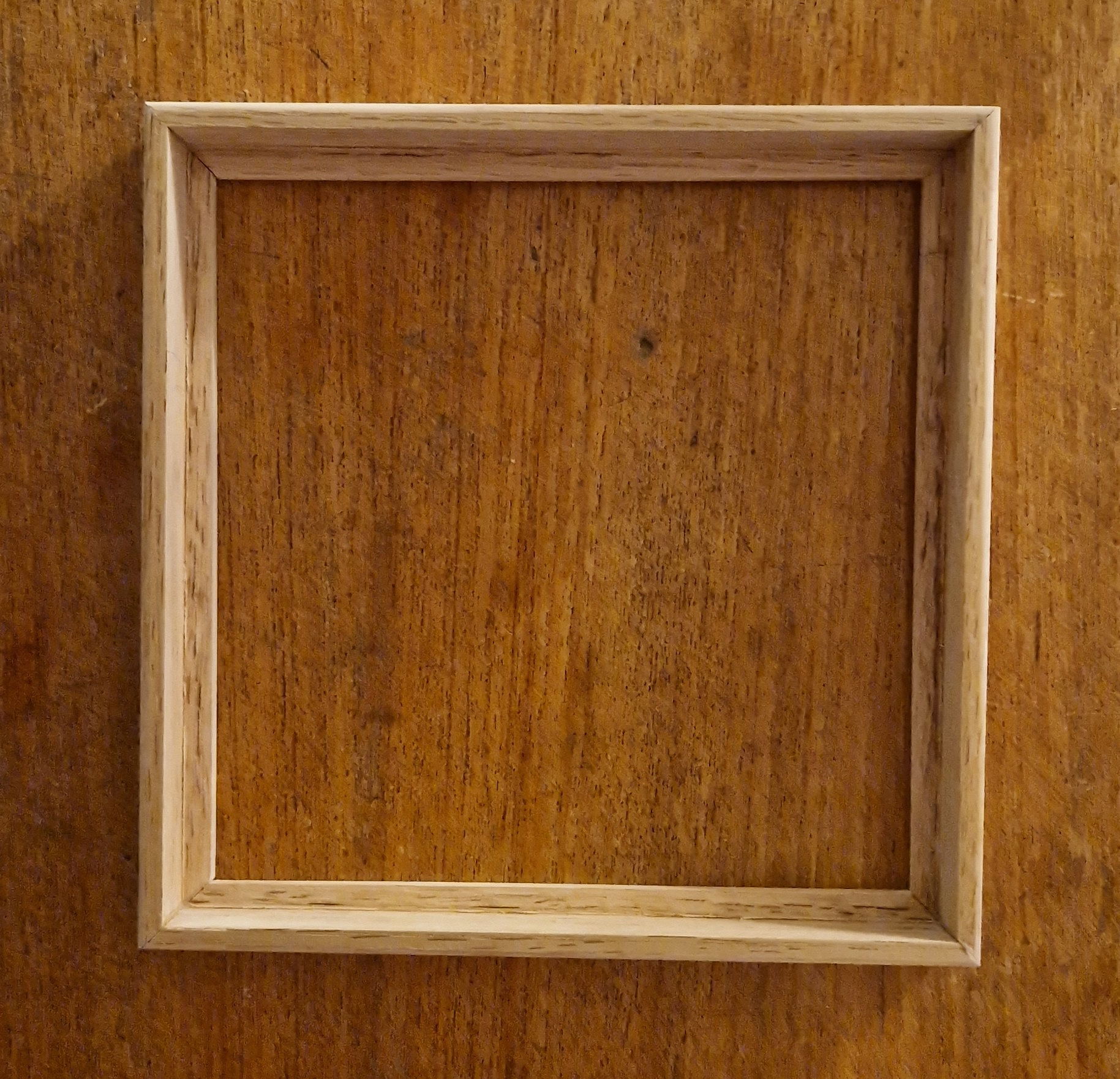
Fastening the picture into the frame
Most of my frames I've made so tight that I squeezed them onto the inner frame and they just stay there.
Some however, I've had to resort to backside pins to hold the picture in place, or glue, or cheating
with matches to hold the framw in place.
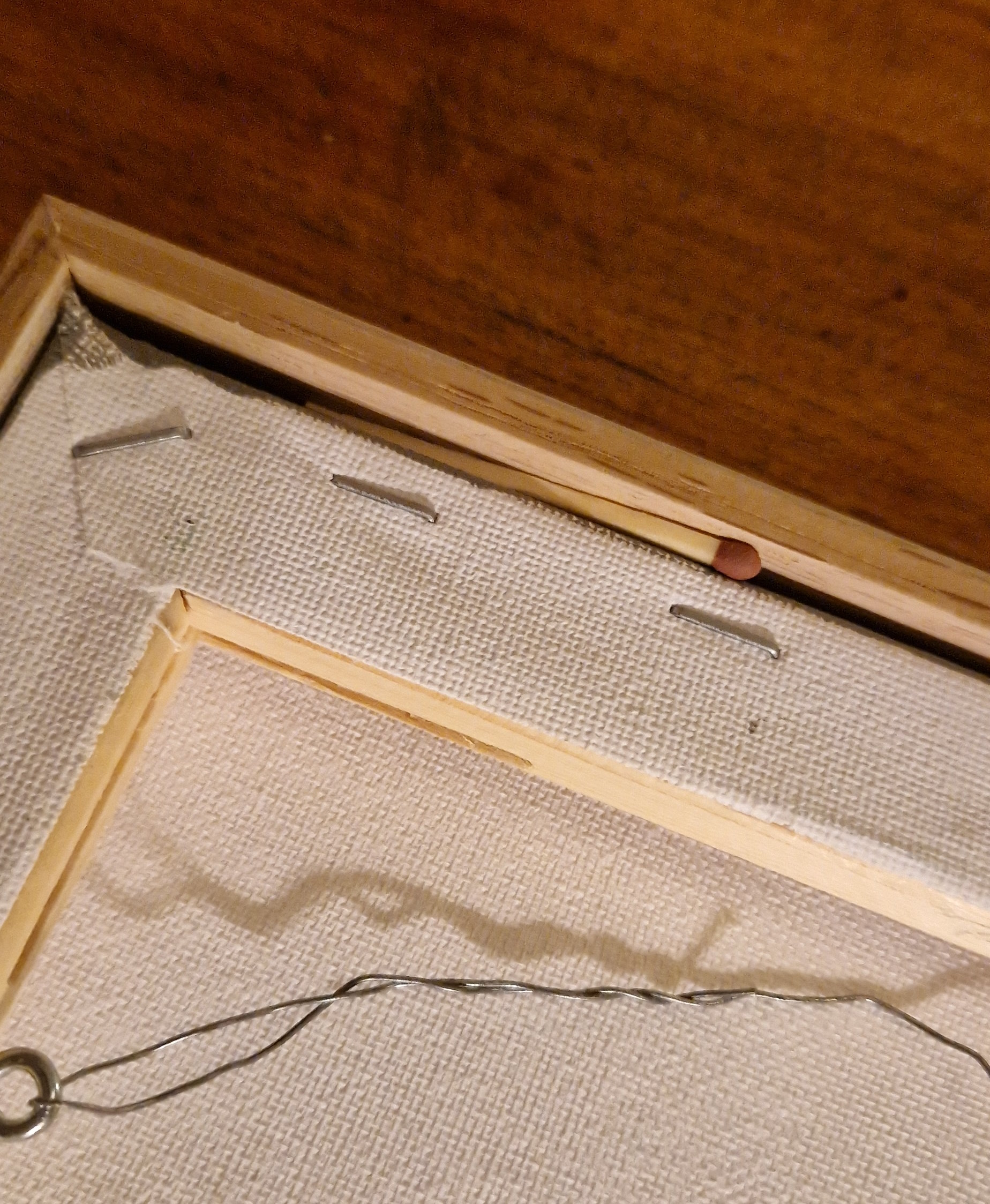
Hanging the picture
With the wrong fastening the picture might end up leaning from the wall - spilling light in underneeth it. If you want the picture to hang tight to the wall you should give the hanging mechanism a thought.
The length of the hanging pin is of importance.
I want to hang the picture with a metal wire to enable side-way adjustments to make it hang straight. I also want the pivot point to be quite high up for ease of balancing.
Depth-wise I prefer to mount the wire some distance from the wall to make the hanging pull the picture toward the wall and tighten the gap to the wall.
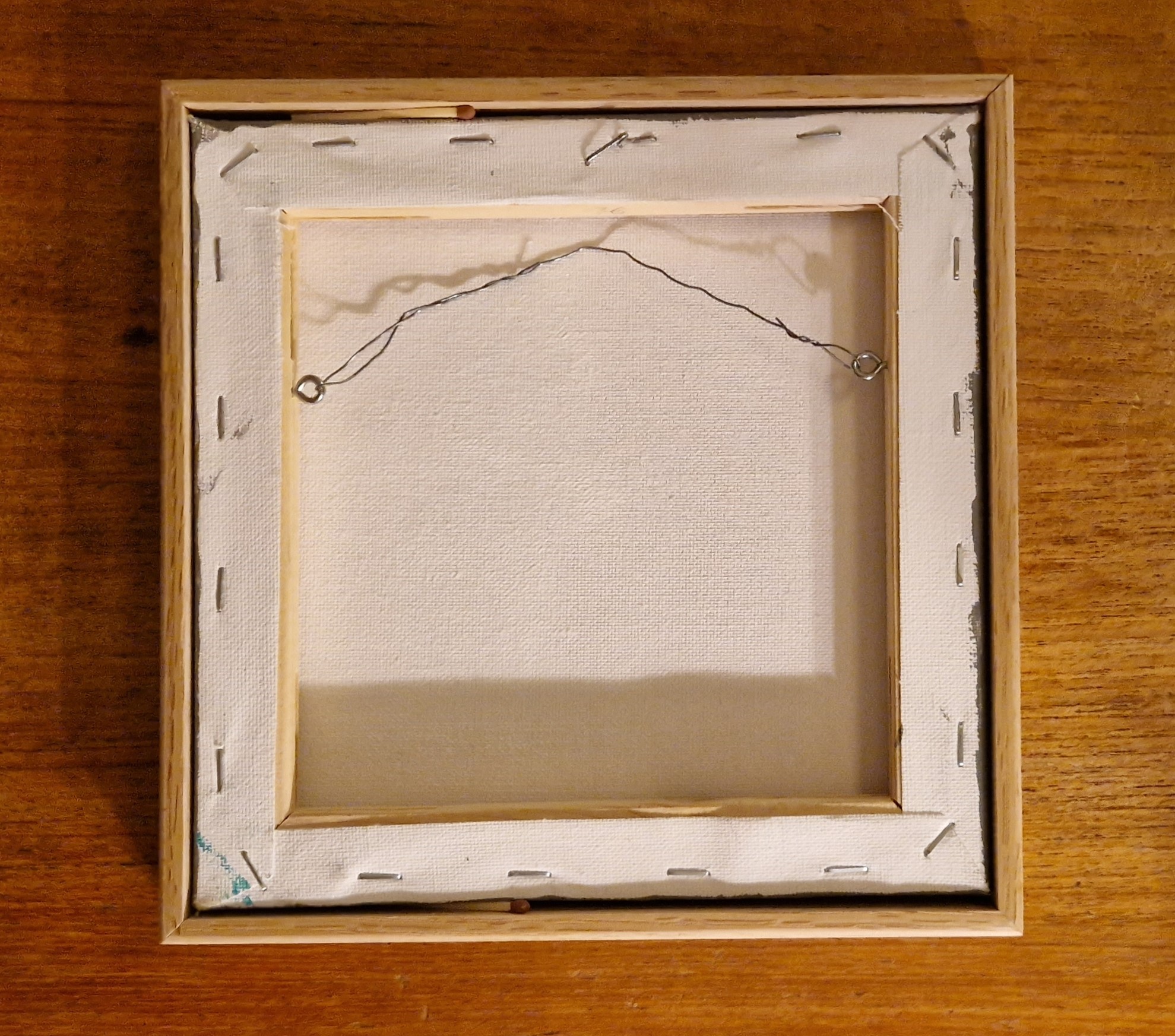
Some pictures I received from others have different types of hanging mounts that I find harder to hang well.
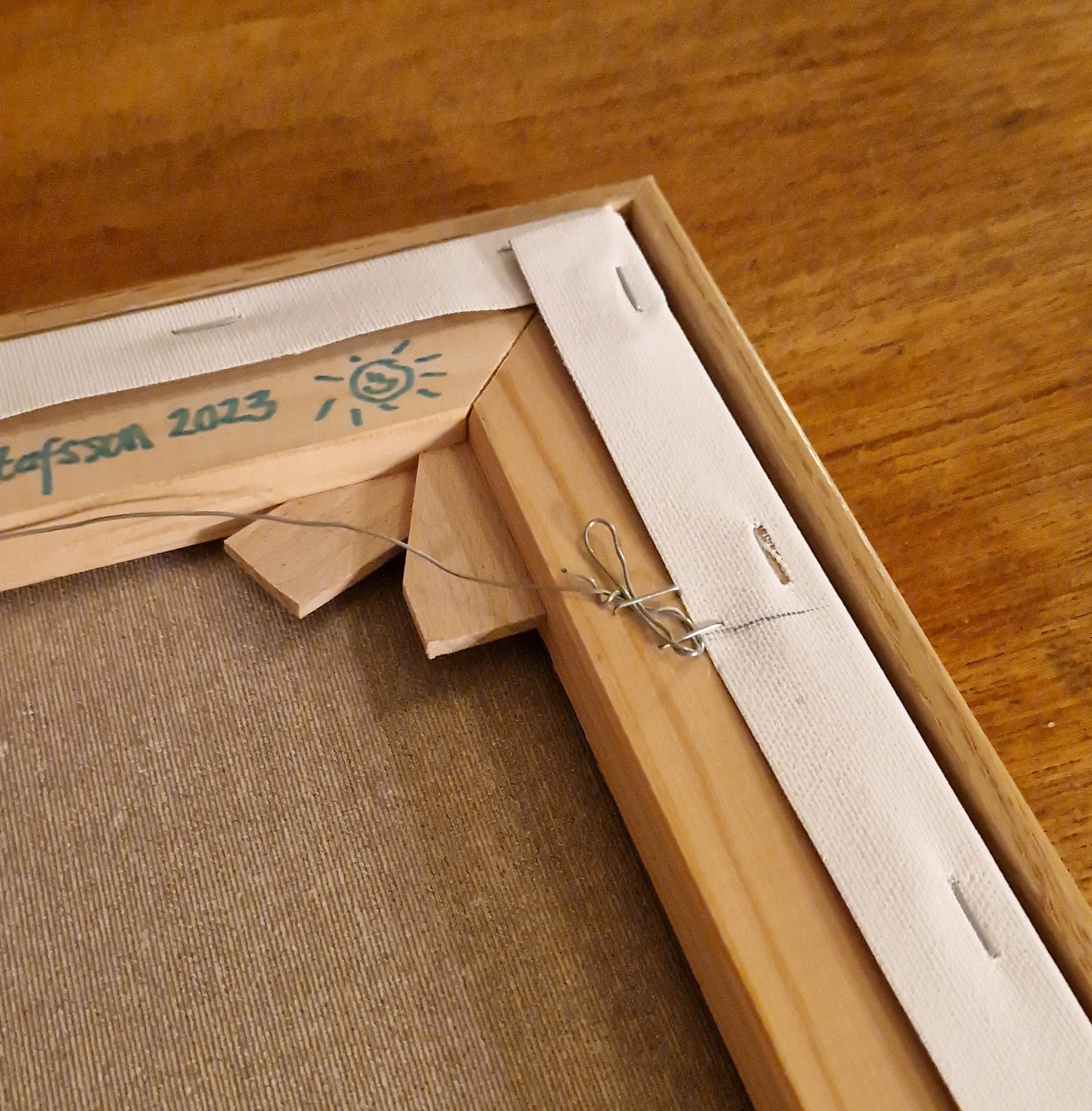
Surface and treatment
At times the plain wood make a dull impression. Then you could use oil, or paint, or colored wax, or anything like that to create the coloring you prefer.